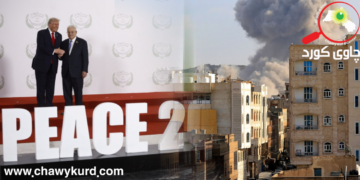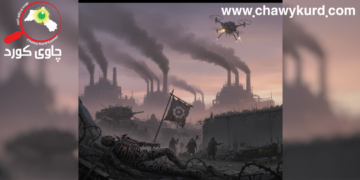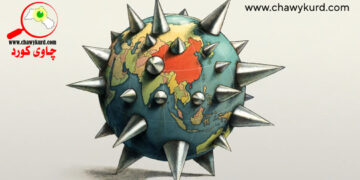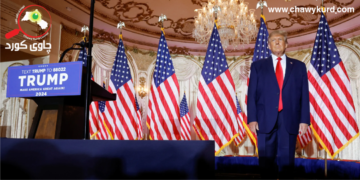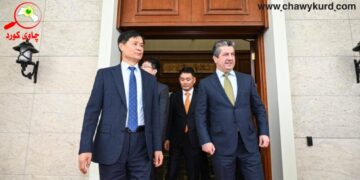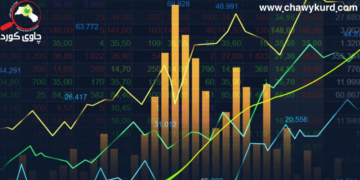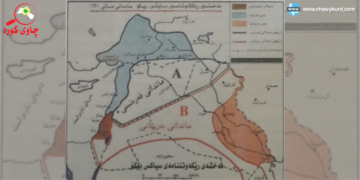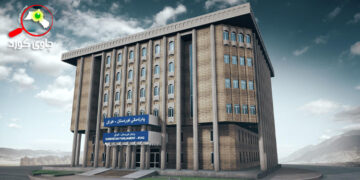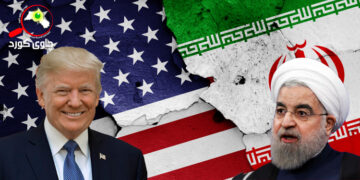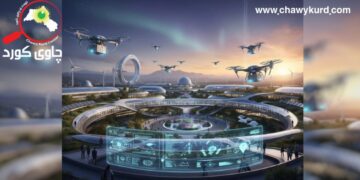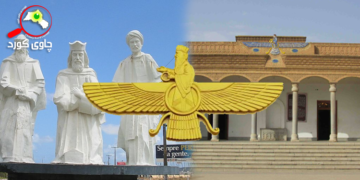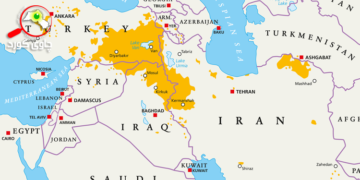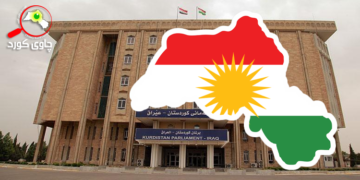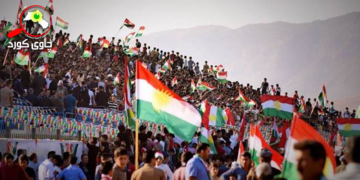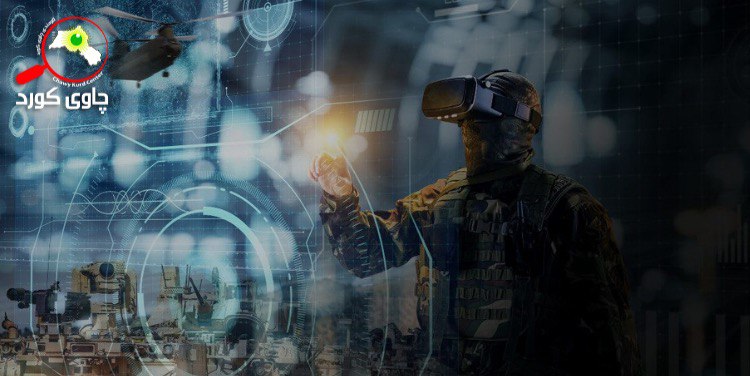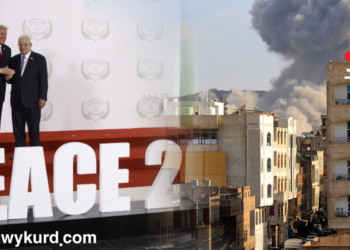To understand artificial intelligence, we must confirm the fact that the use of artificial intelligence in military missions has developed unexpectedly over the past few decades, this development goes back to the beginning of research in computers and technology. The 1950s and 1960s were an important foundation for the current tremendous progress in military technology and a new revolution in the military dimension. In the 1980s; The United States launched the Strategic Defense Initiative, known as “Star Wars,” aimed at developing advanced missile defense systems using artificial intelligence and new and advanced technologies.
Drones and robots have been at the forefront of these advances in military missions. These systems can operate independently or with minimal human intervention, so artificial intelligence has changed its modern form significantly. General John E. Heaton, former Vice Chief of the Joint Chiefs of Staff, said in a symposium on artificial intelligence partnerships, “If we think about artificial intelligence, the question is whether artificial intelligence will be a force for good or a force for evil? That’s all up to us. We get to make that decision, because simply it’s just a technology and the world understands it, it means our competitors, our adversaries, understand that the ability to use artificial intelligence in future military missions will be critical to mission success. So moving towards intelligence leadership to speak Artificial in the military is a priority for the United States. However, the fact is that this lead is not without obstacles and artificial intelligence is currently facing several challenges in its mission because it has questioned humanitarian issues and the authority of the international community and public opinion on artificial intelligence in the military is moving negatively “Hamas and Israel” that has caused the humanitarian crisis in Gaza.
Summary
- In fact, artificial intelligence can enhance military capabilities in many ways, but it is very important to carefully consider the potential damage and danger to humanity. Establishing clear guidelines, rules and ethical frameworks for the use of artificial intelligence in military contexts is essential to mitigate these risks and ensure the development, diffusion of responsibility and deployment of these technologies.
- Powers, especially the United States and Russia, see their adversaries’ artificial intelligence capabilities as a threat to their own nation’s security which becomes a cycle of distrust and competition. This perception can destabilize strategic relationships and upset the global balance of power.
- Finally; the biggest threats to artificial intelligence systems are serious threats to infrastructure, nuclear power control and cyber threats. Therefore, it is necessary to establish a serious international agreement to reduce these challenges, in which a number of norms, principles and responsibilities can help prevent these threats, establish stability among the nuclear powers and reduce the threat to international security.







